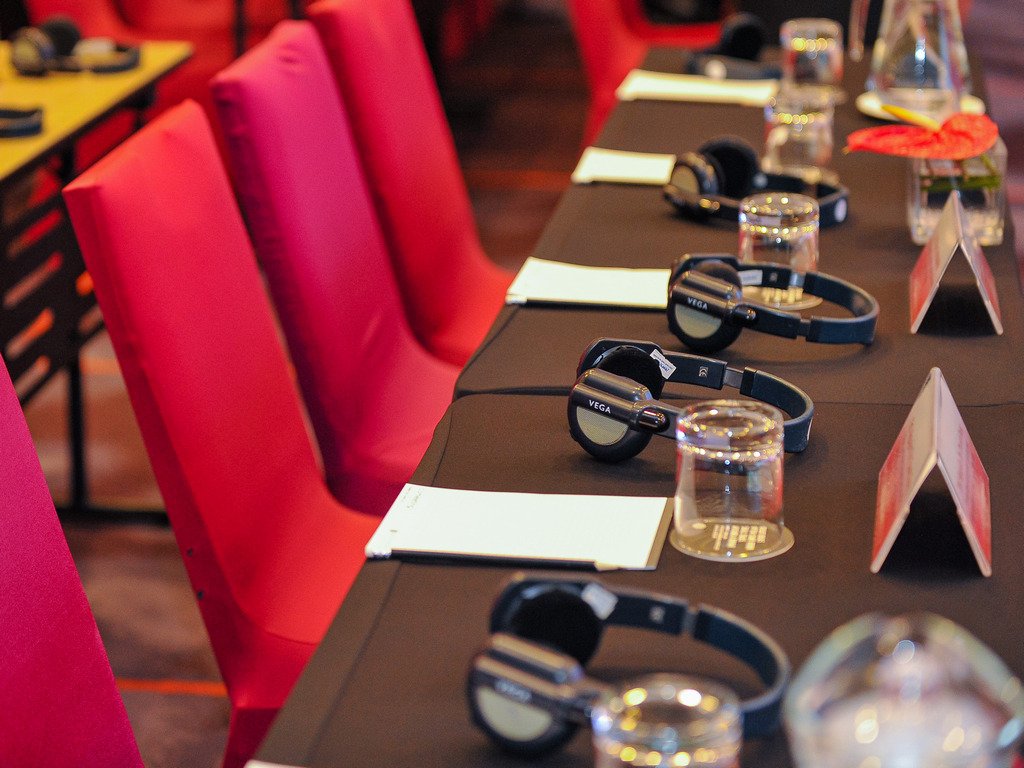World class expertise
As the first in the market to offer Vietnam meeting services, Vietnam DMC specializes in handling a wide range of events, from scientific and educational conferences to medical meetings and sales events. Our service is based on innovation, attention to detail, flexibility and enthusiasm.









